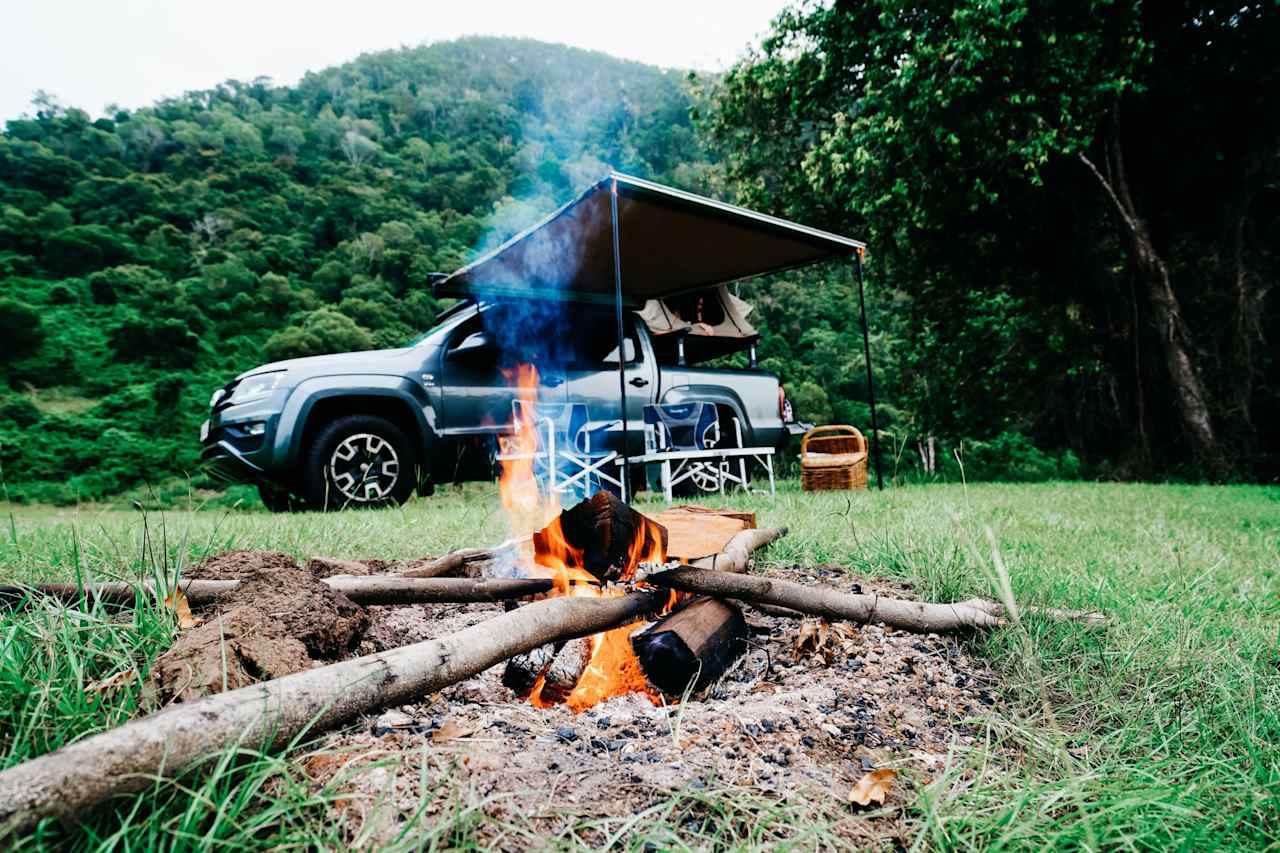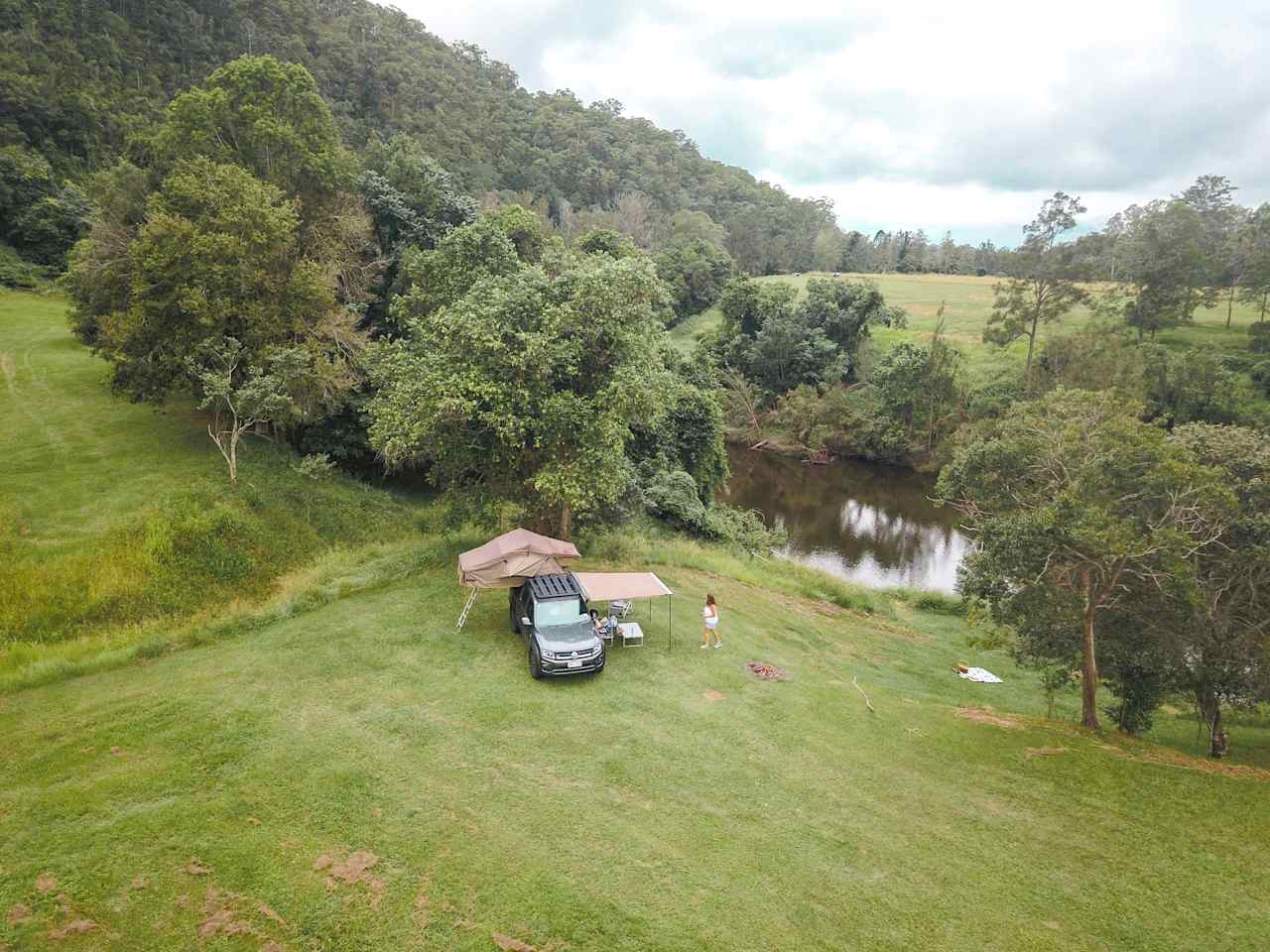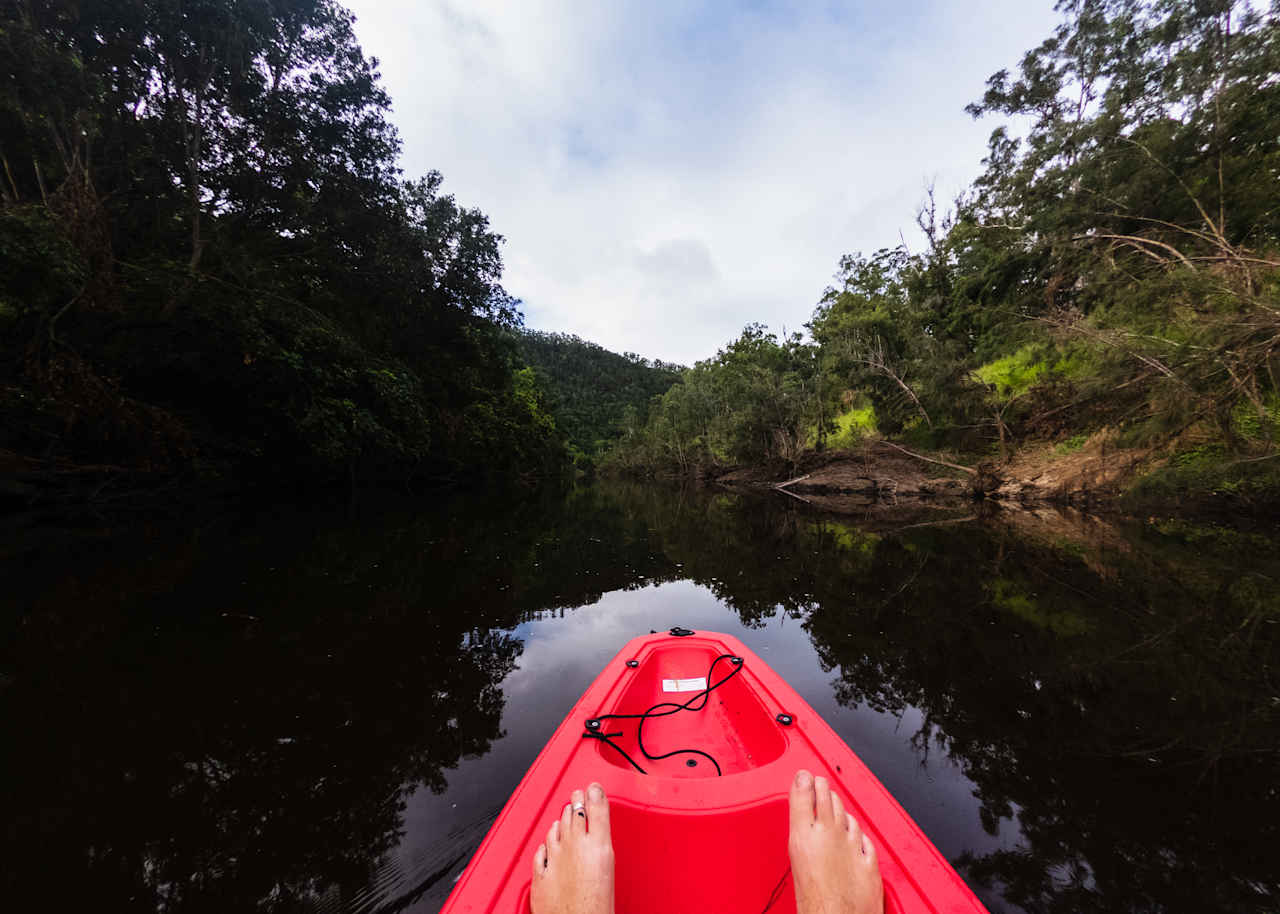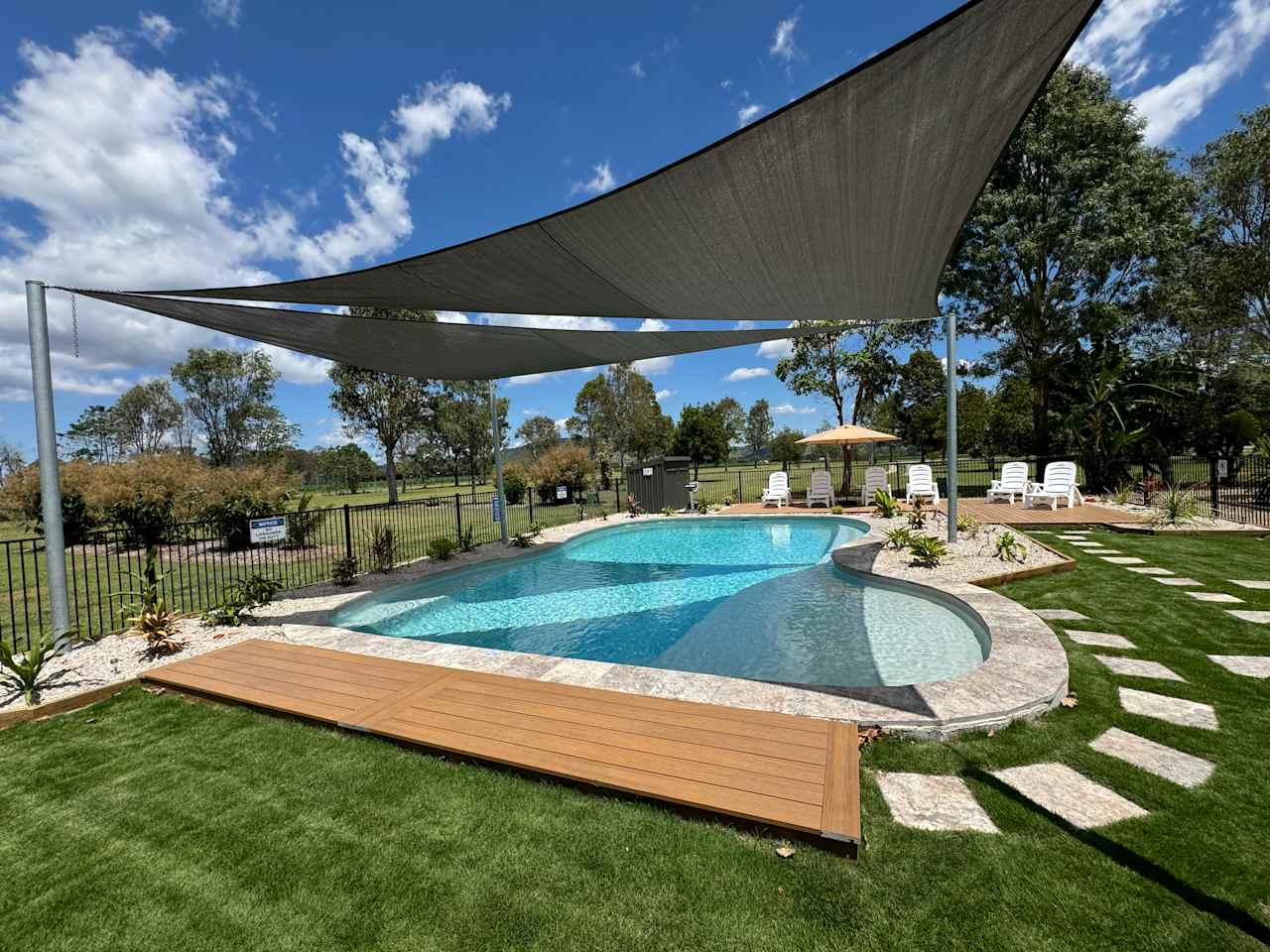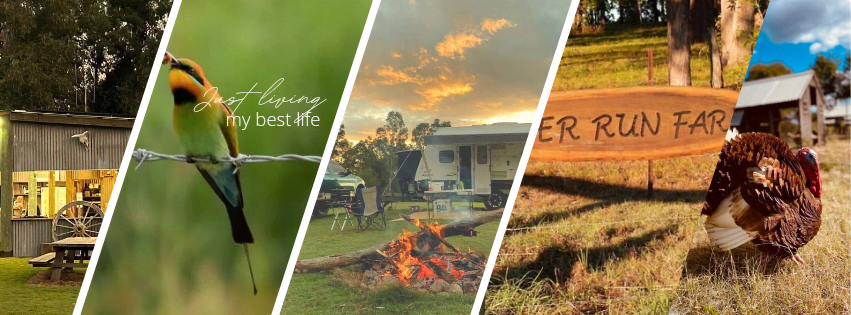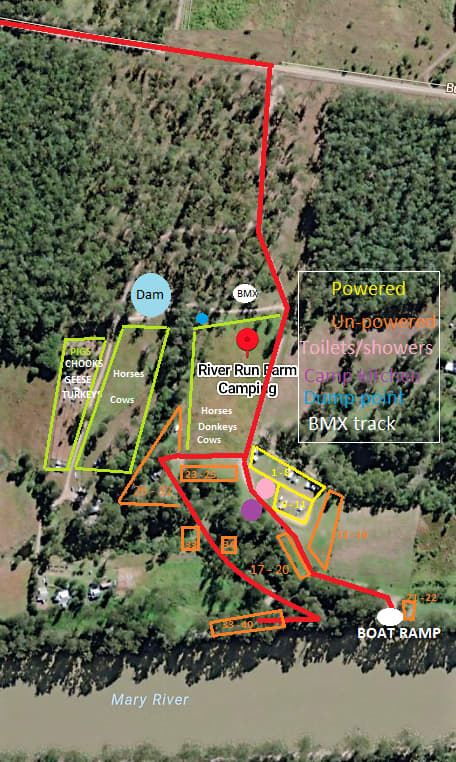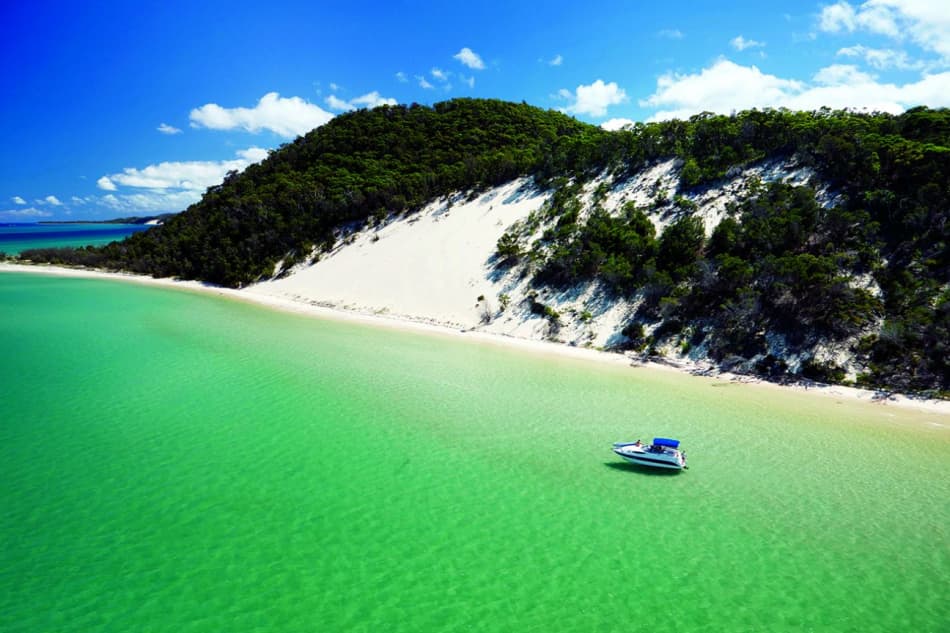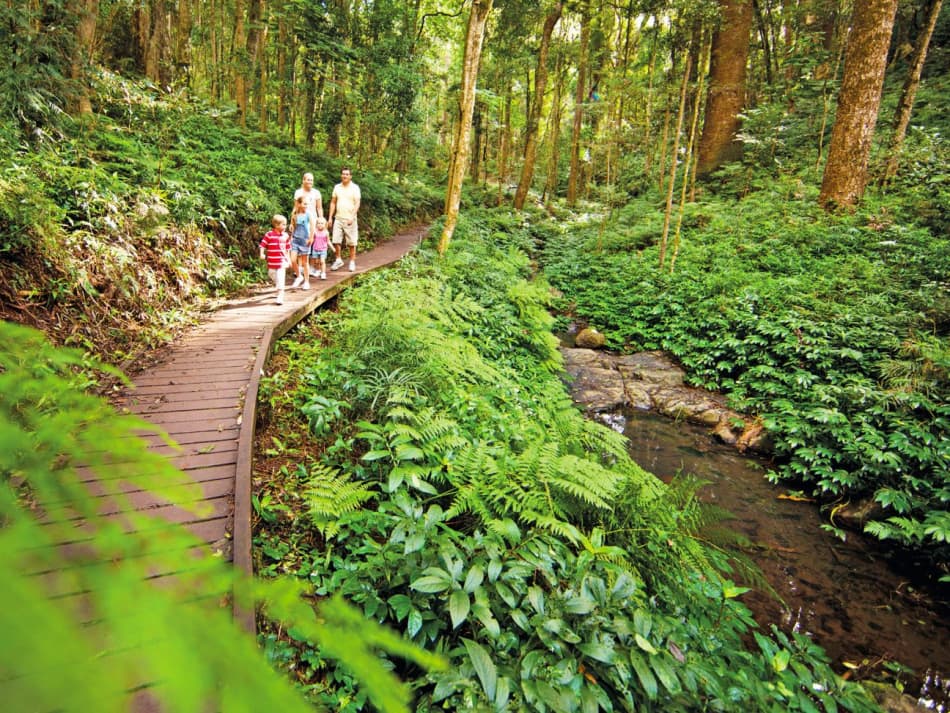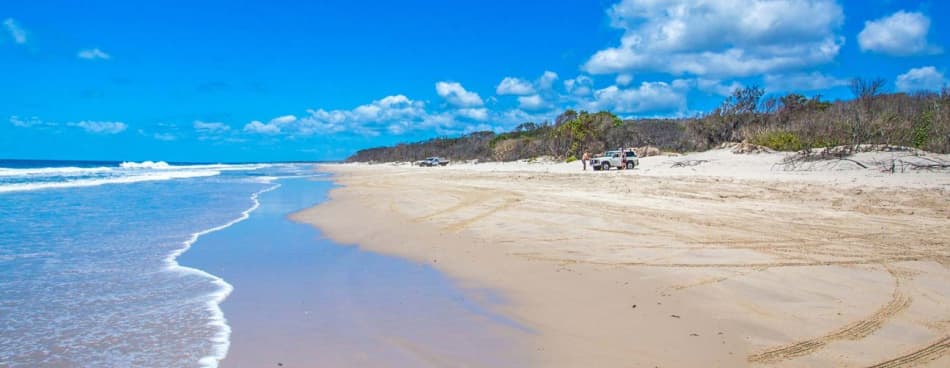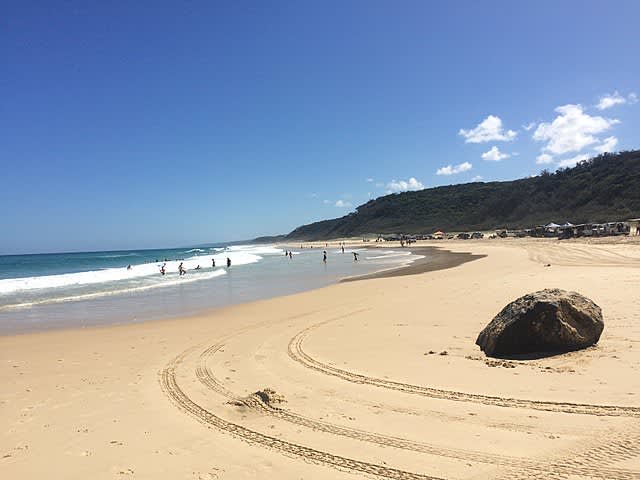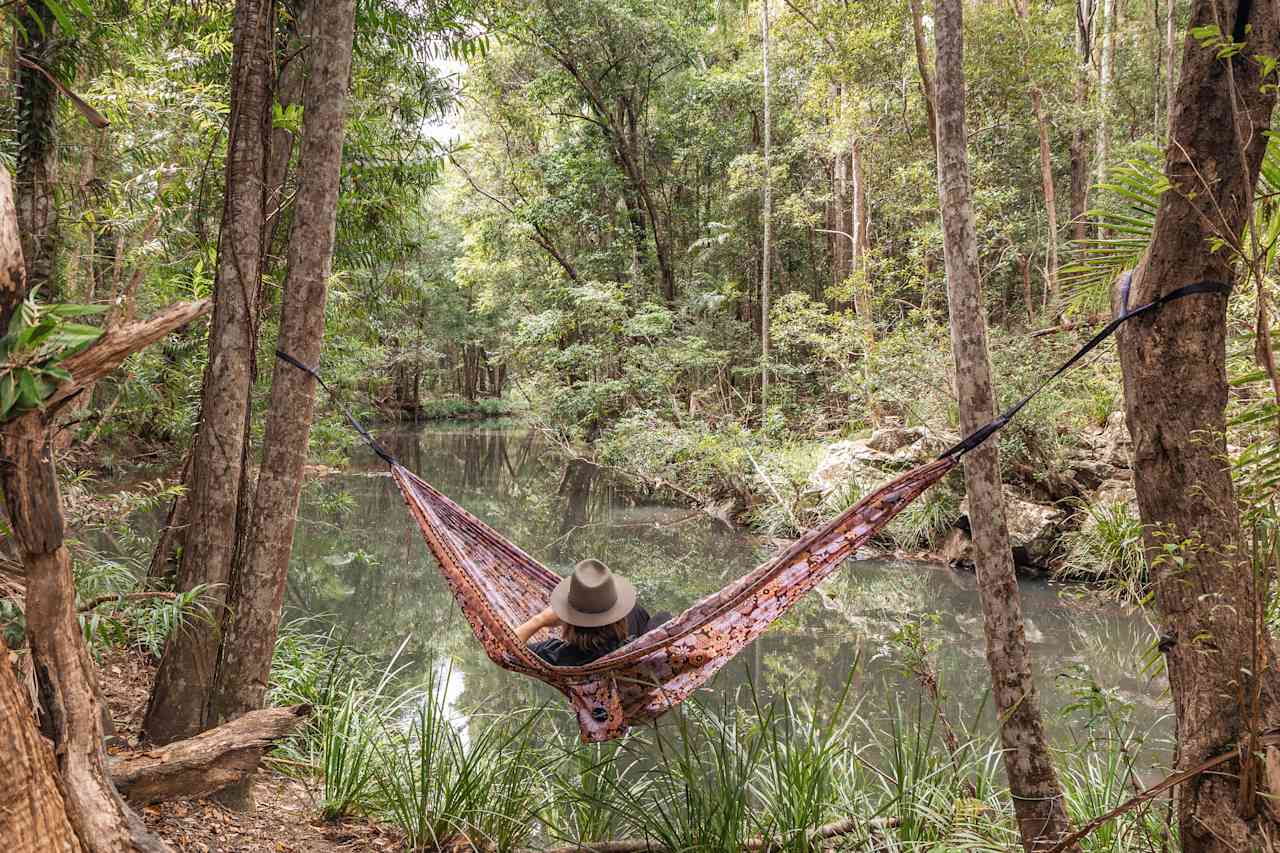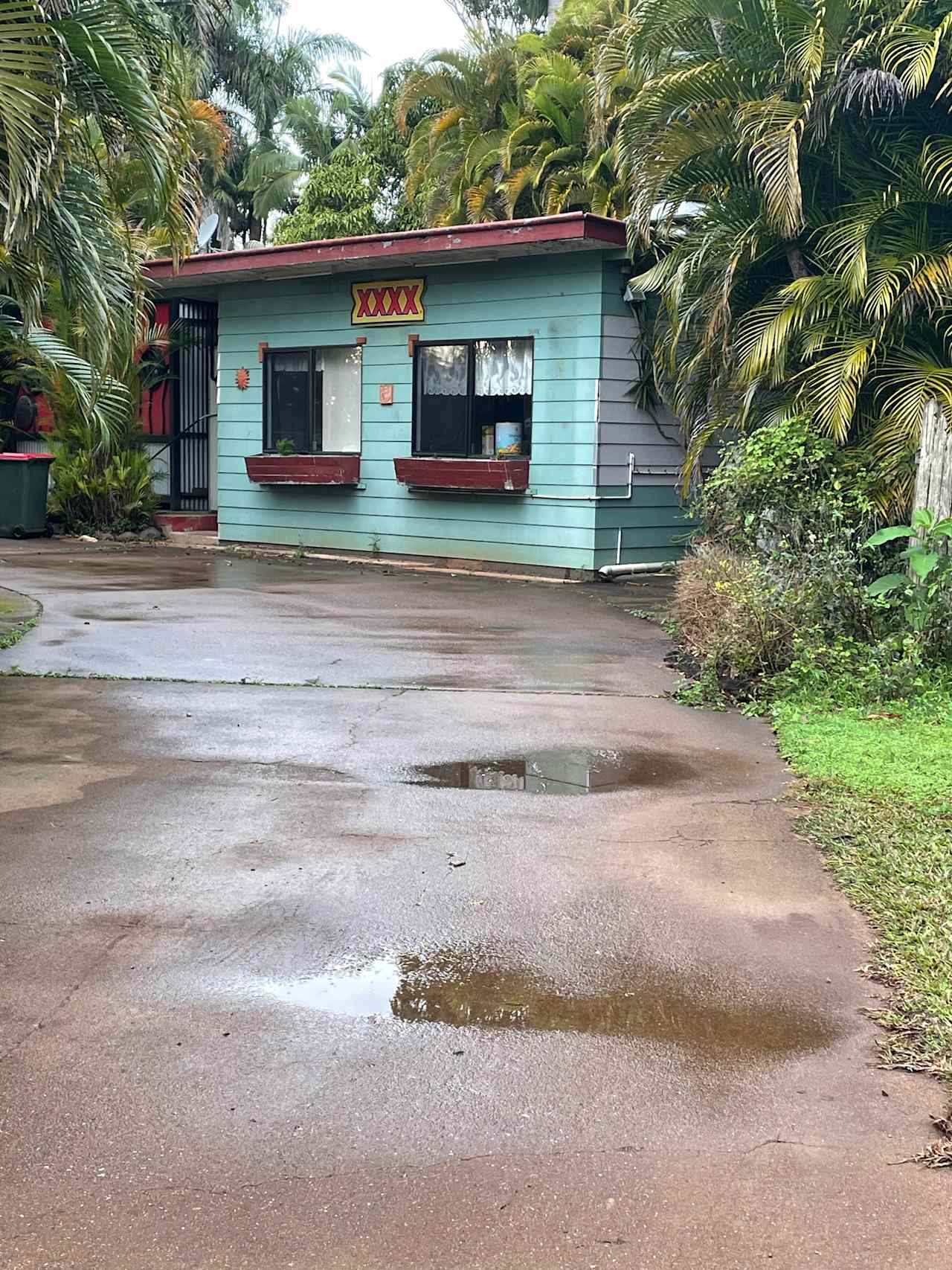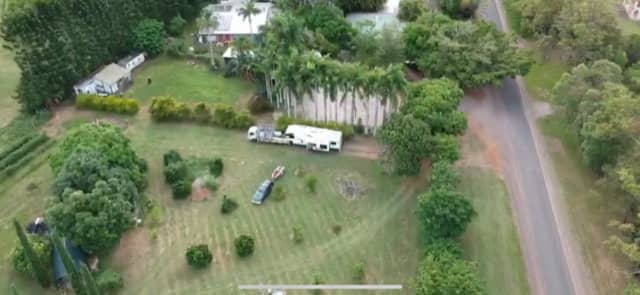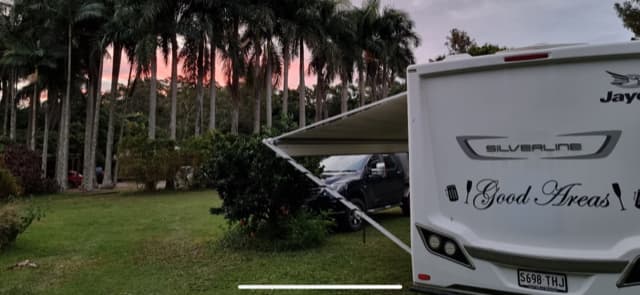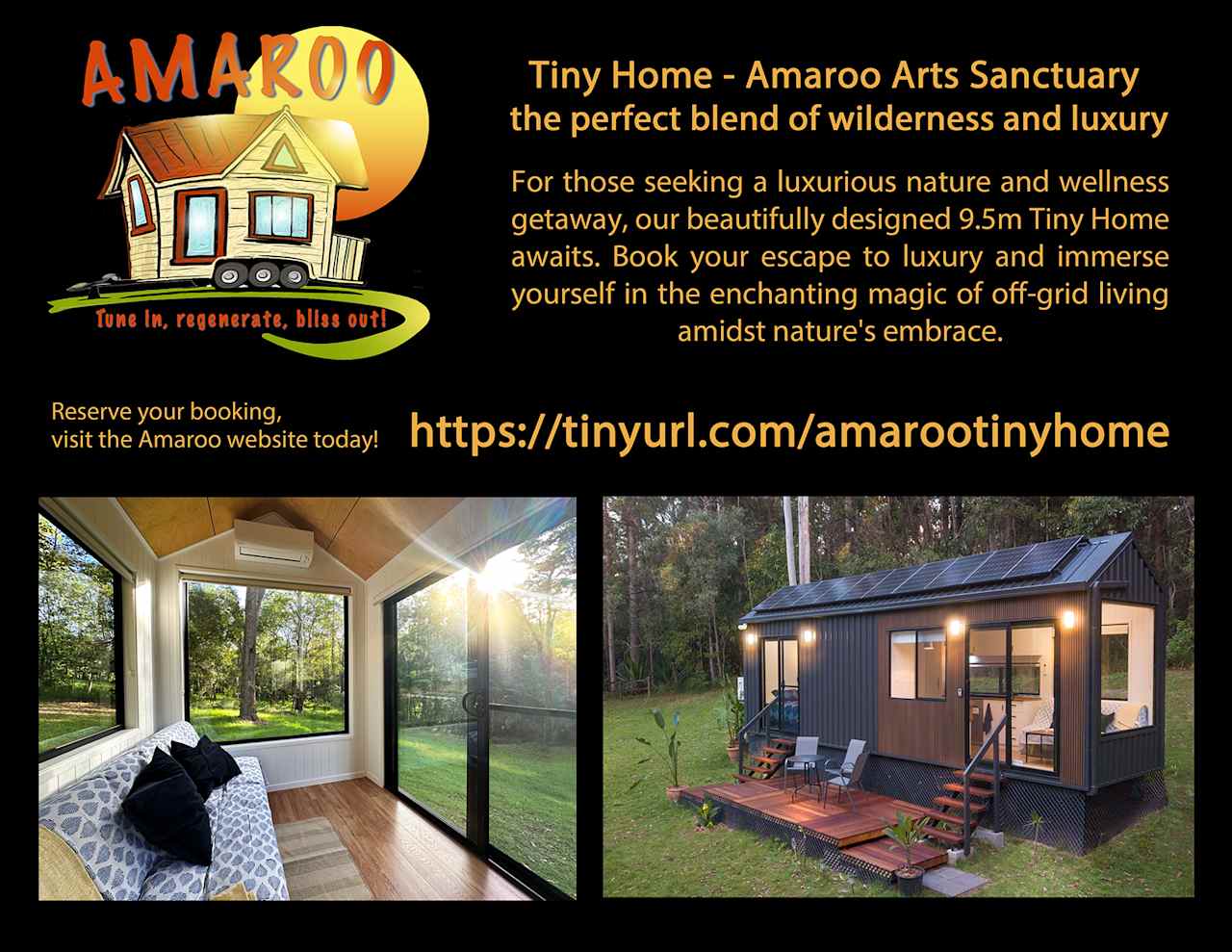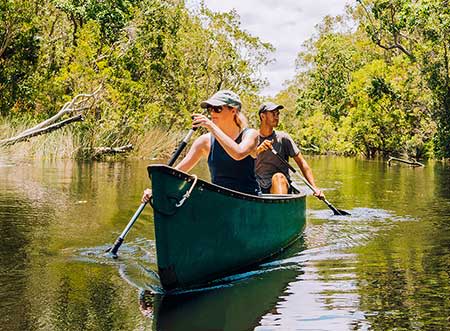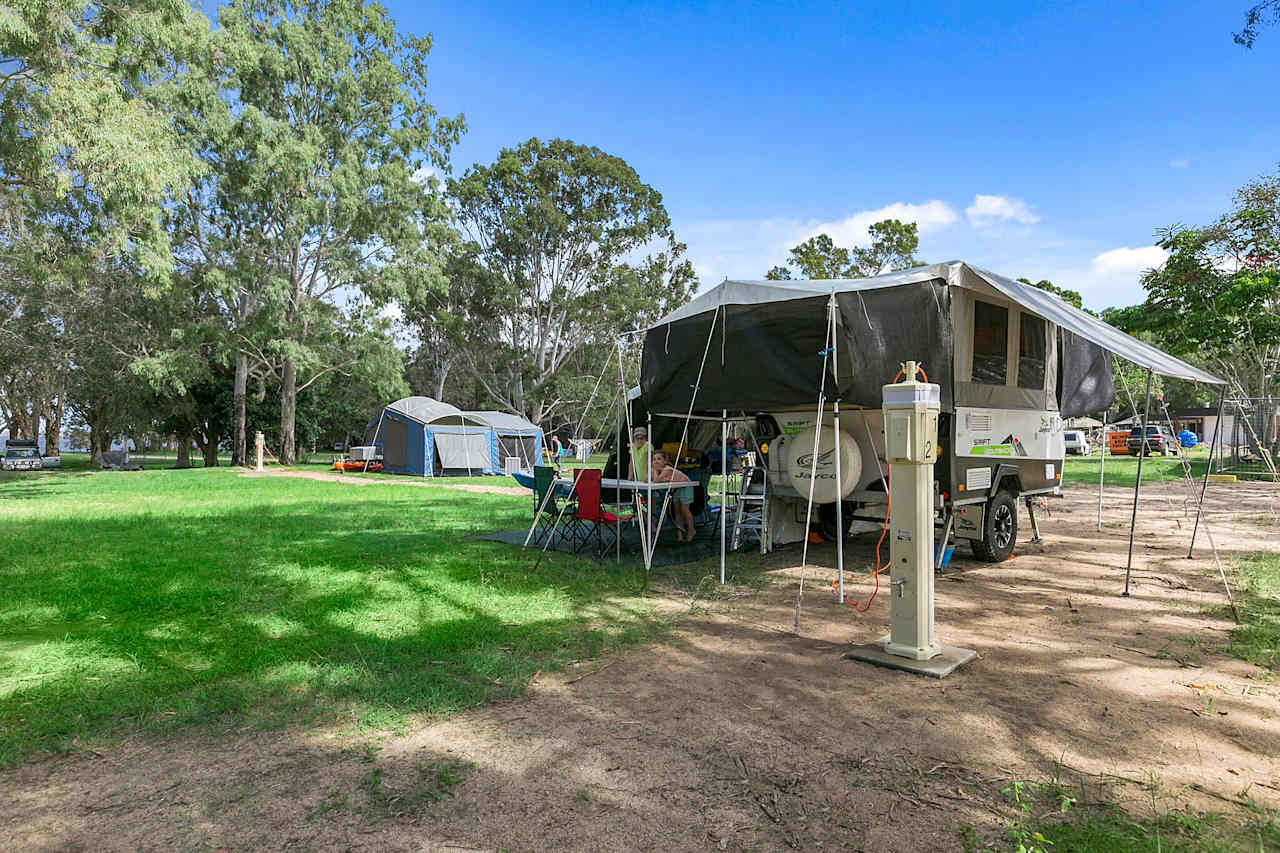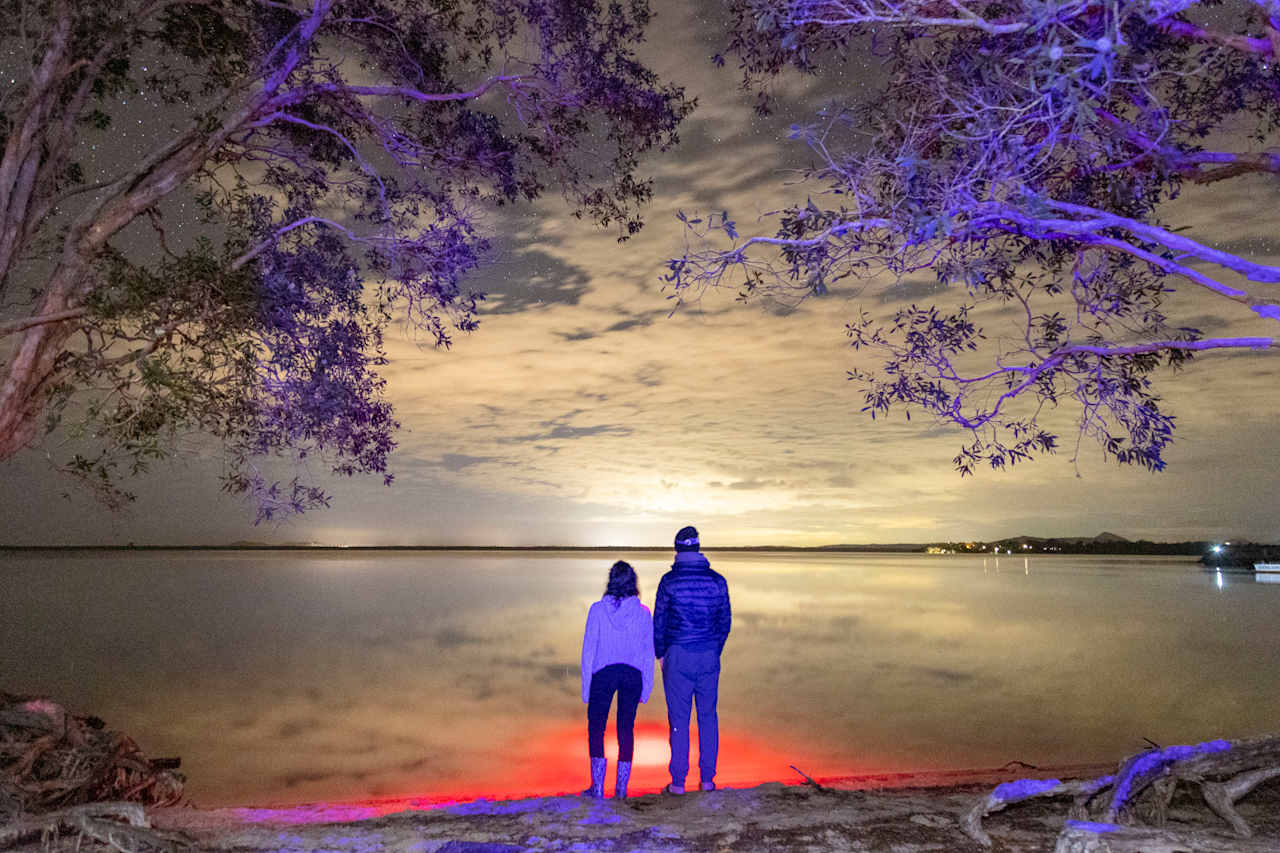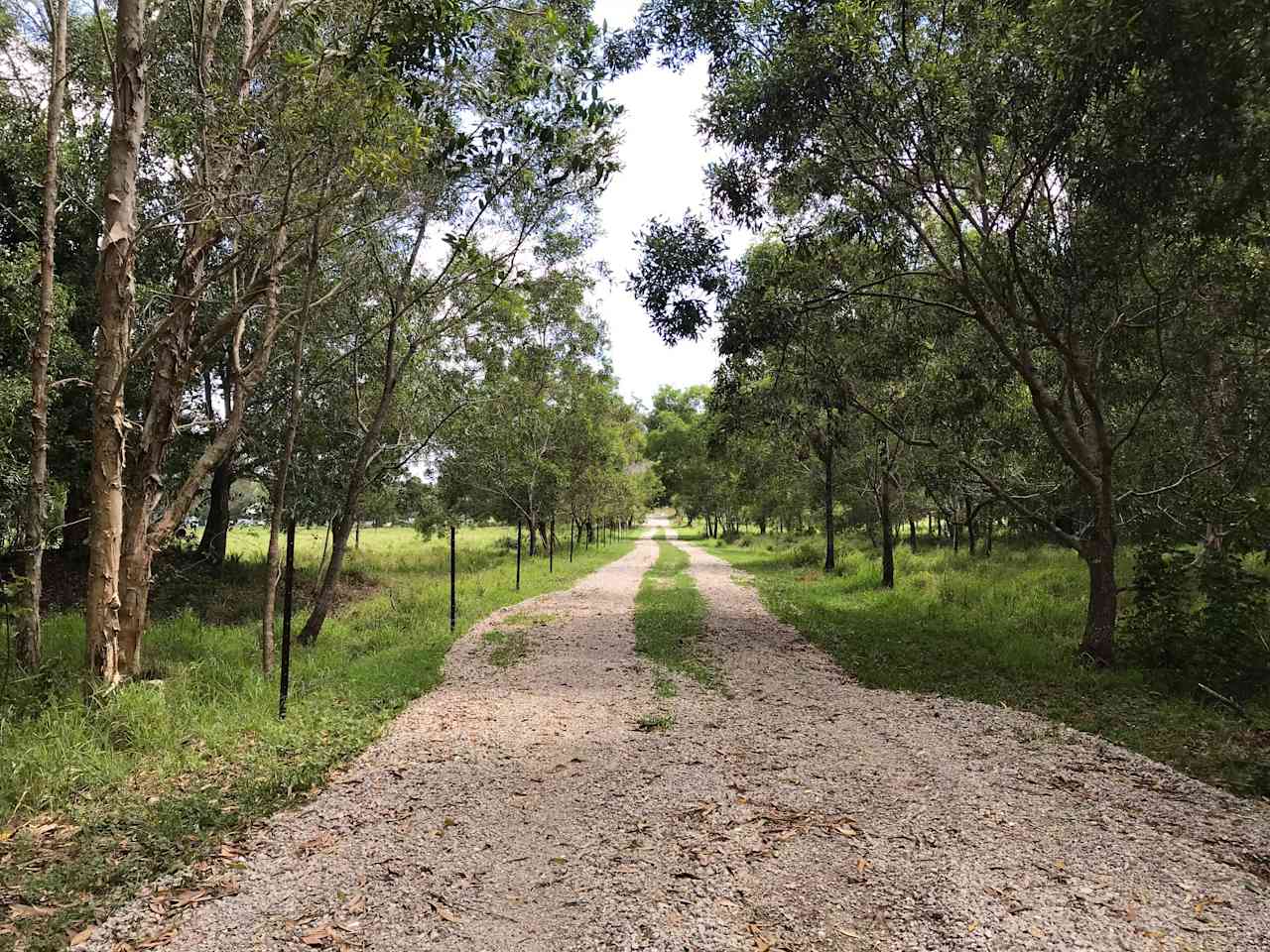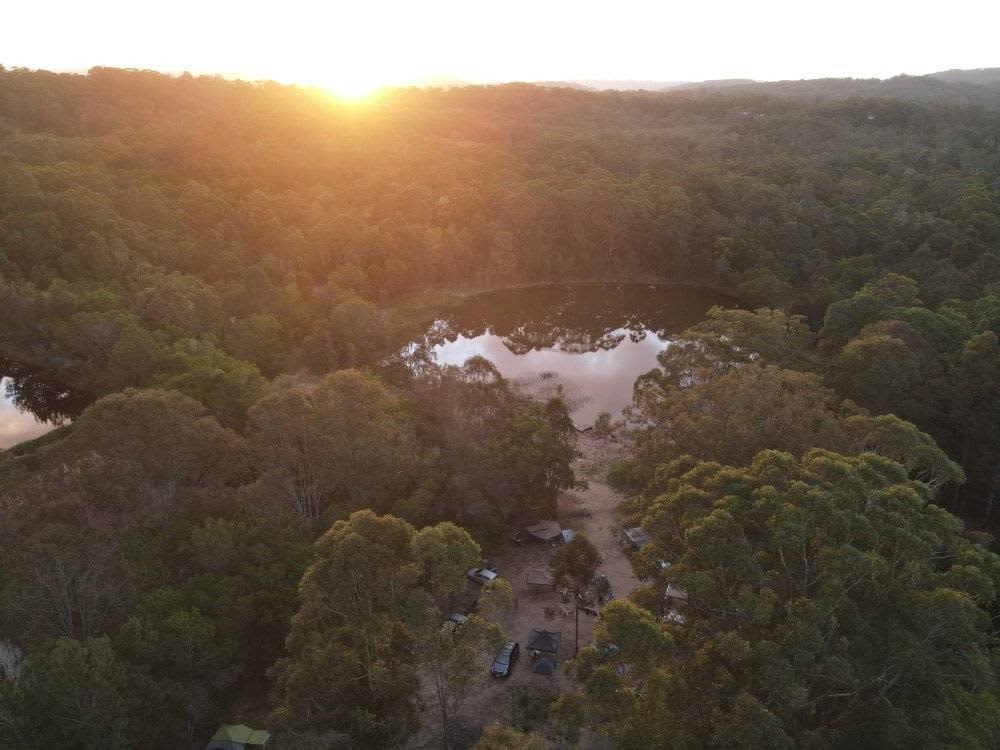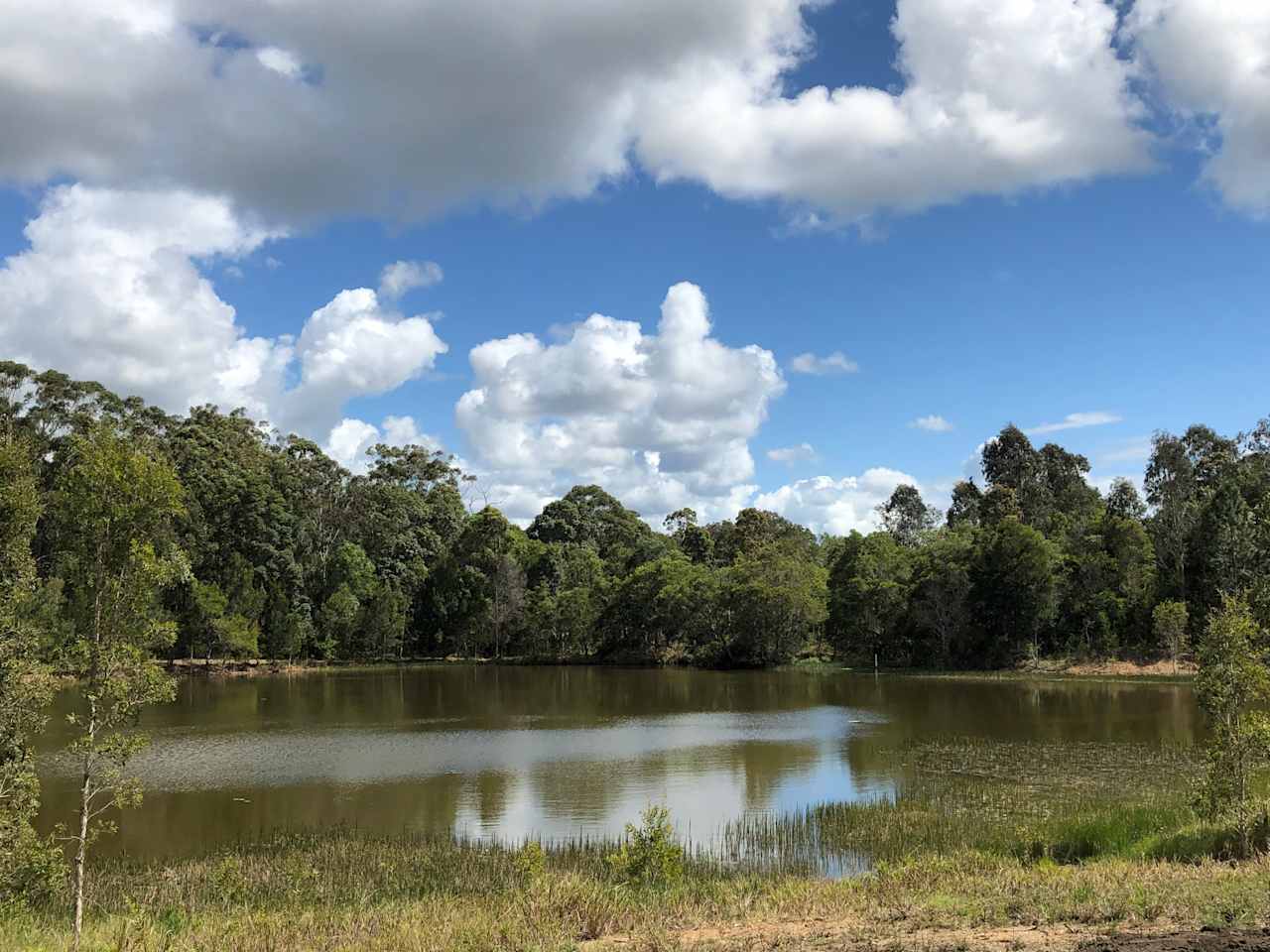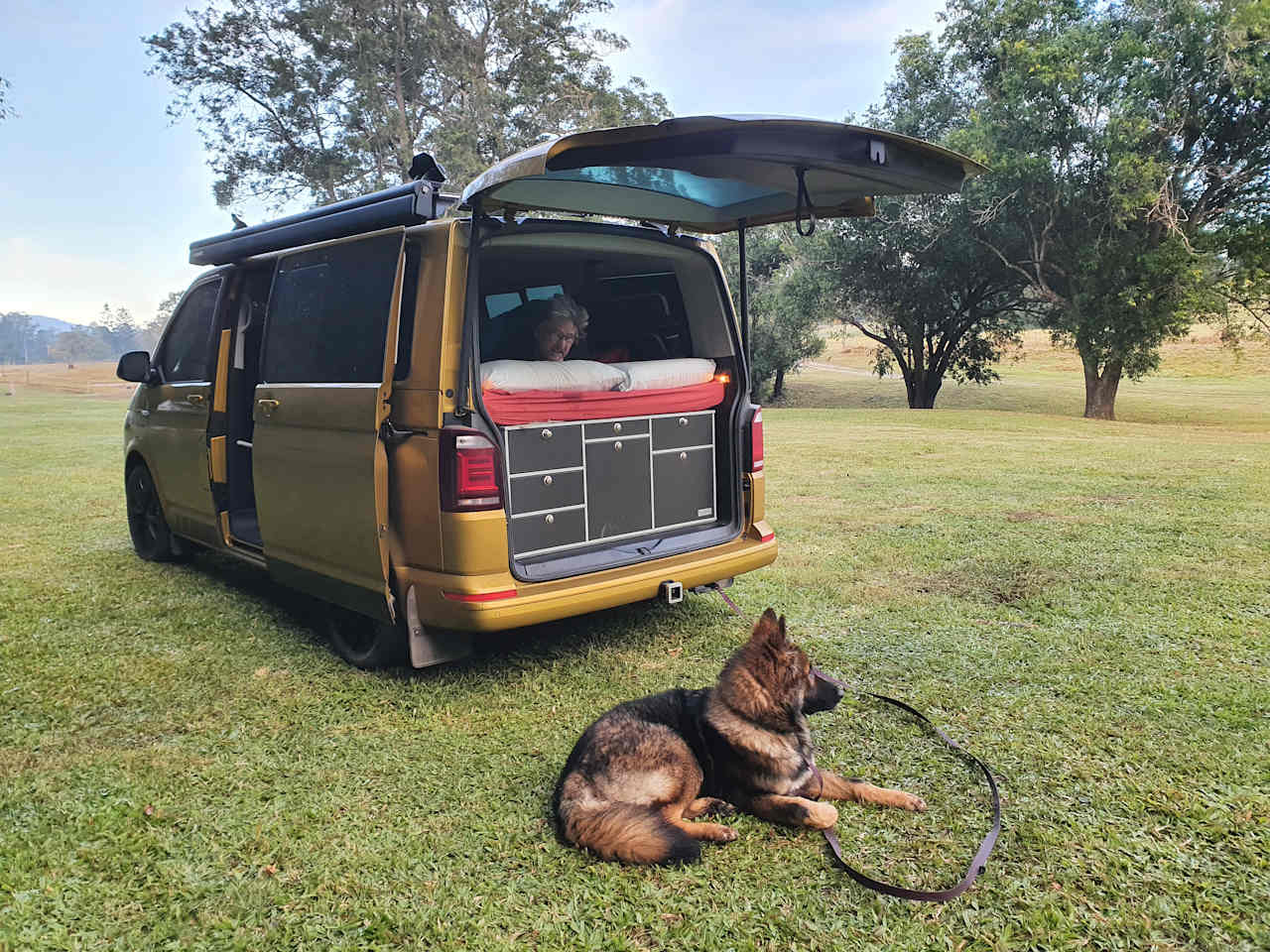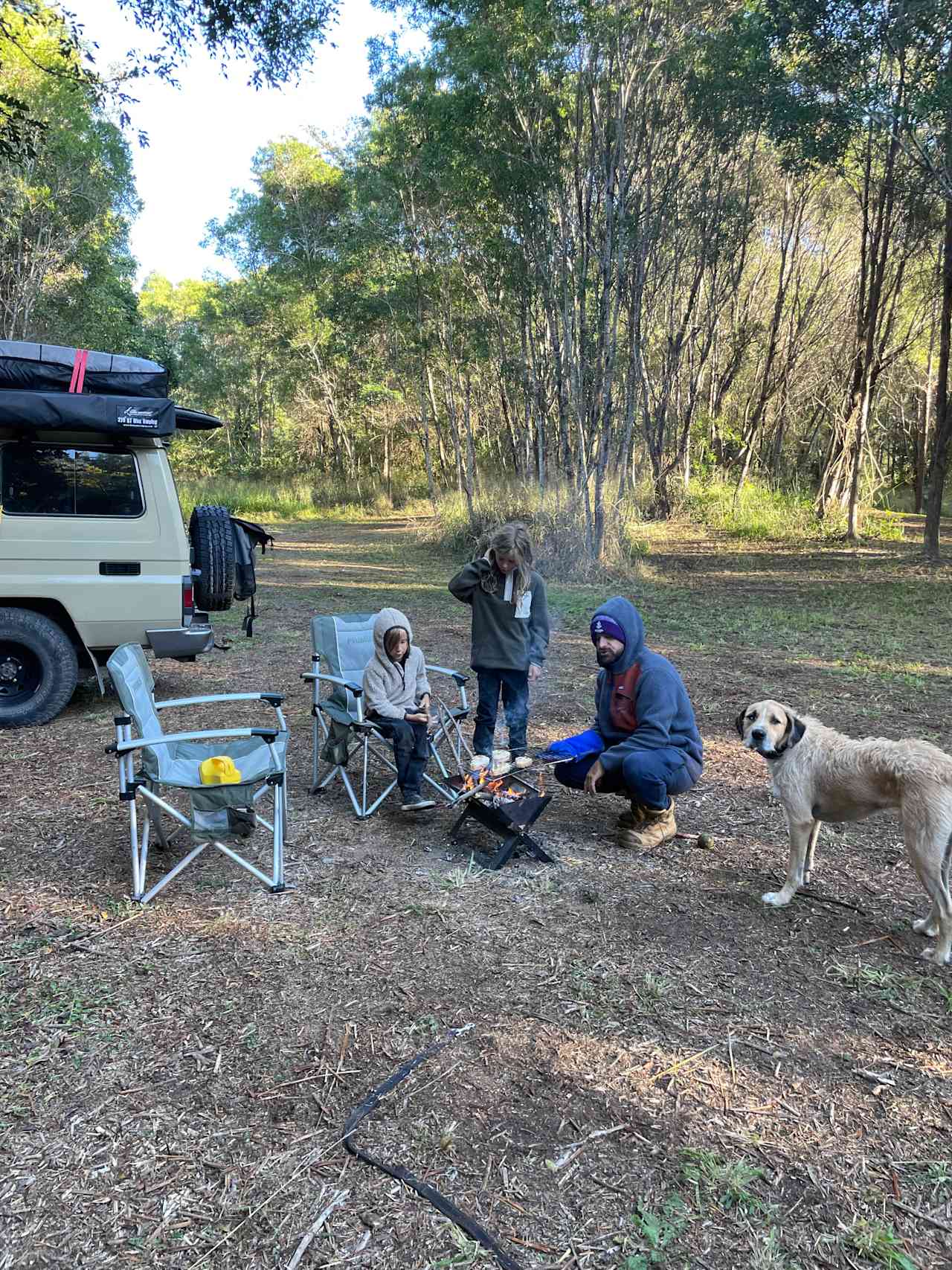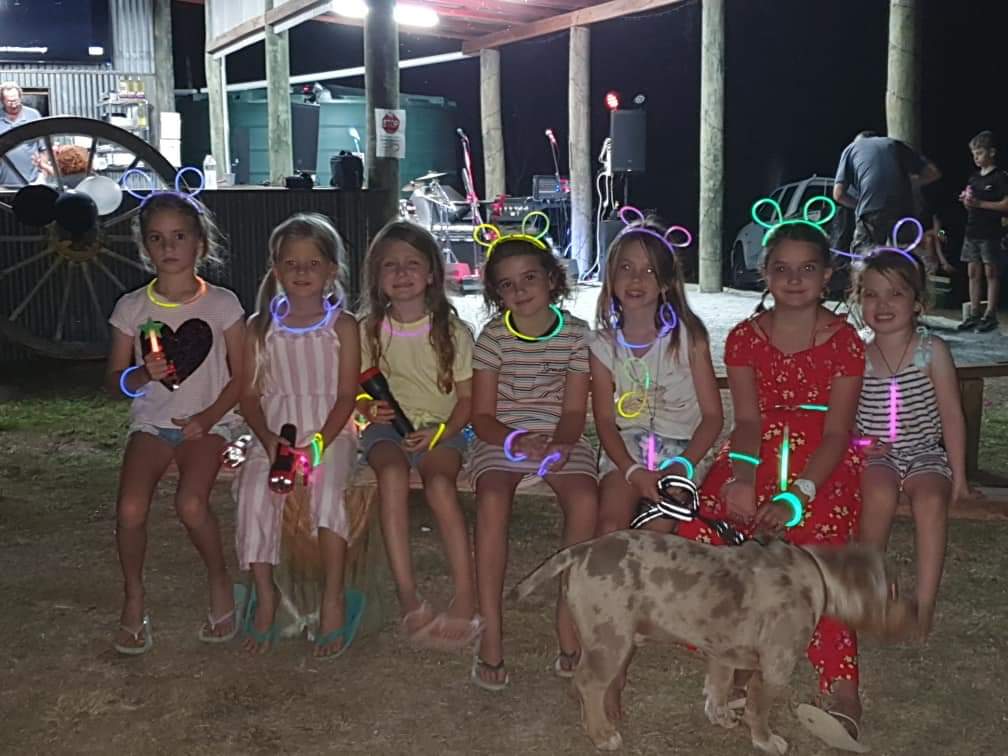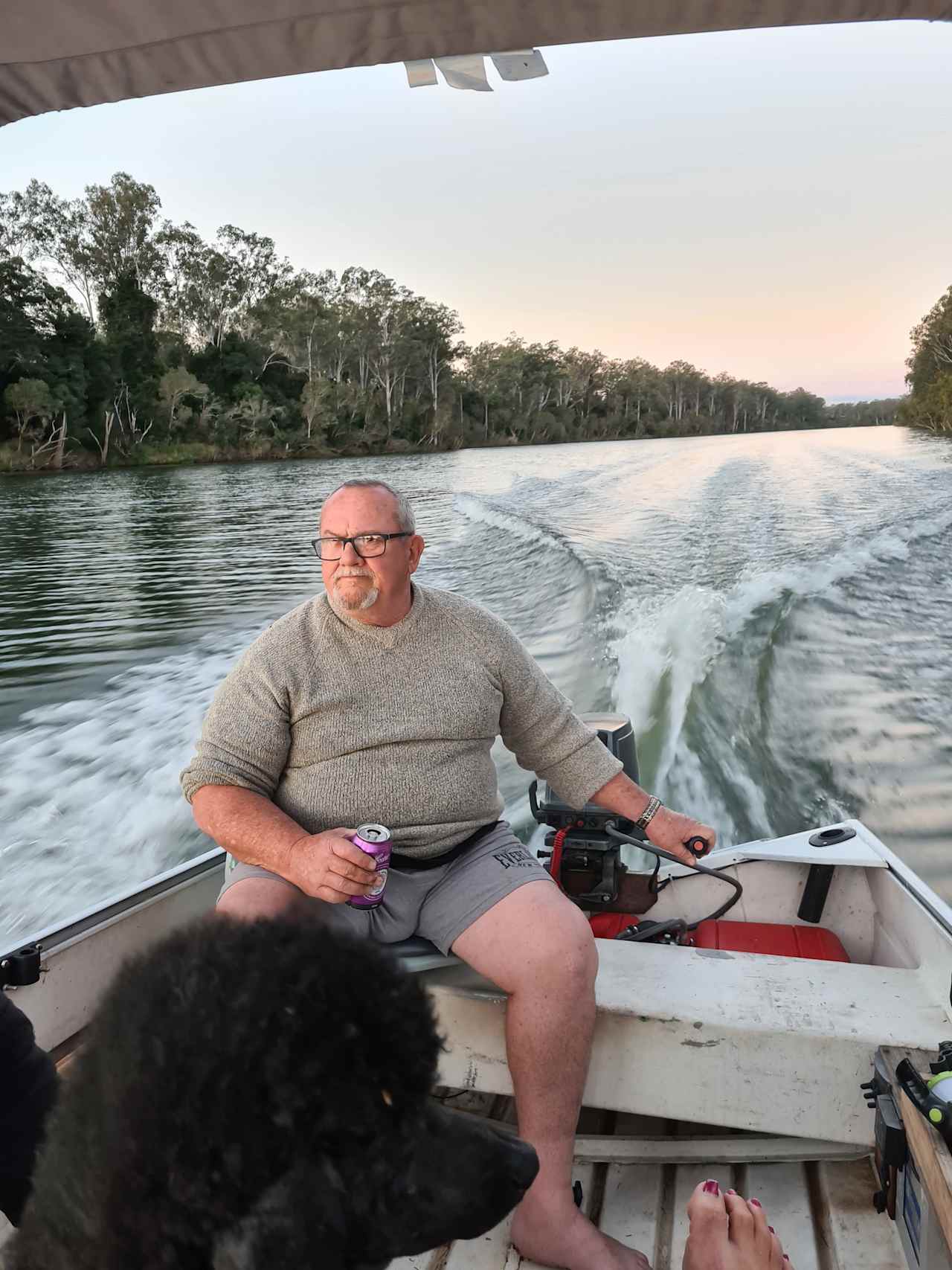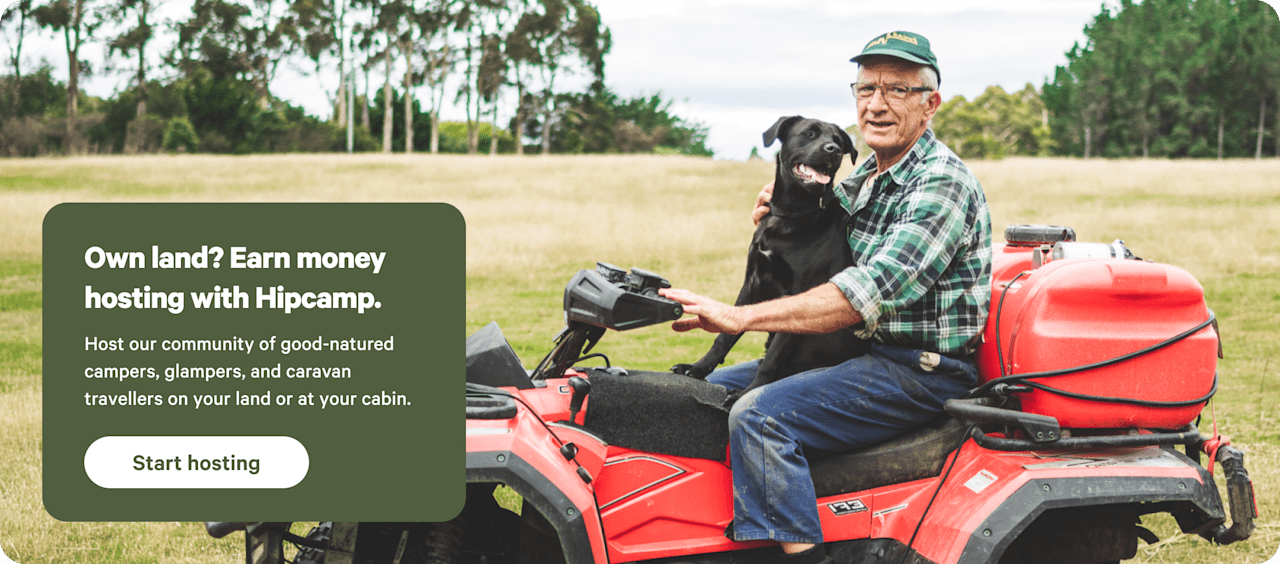Camping near Rainbow Beach
Towering sand dunes, beach drives, horse-riding and forest walks create a natural getaway for campers.
- Rainbow Beach
Popular camping styles for Rainbow Beach
Star Hosts in Rainbow Beach
Available this weekend
12 top campgrounds near Rainbow Beach
Under $50
Dog-friendly getaways
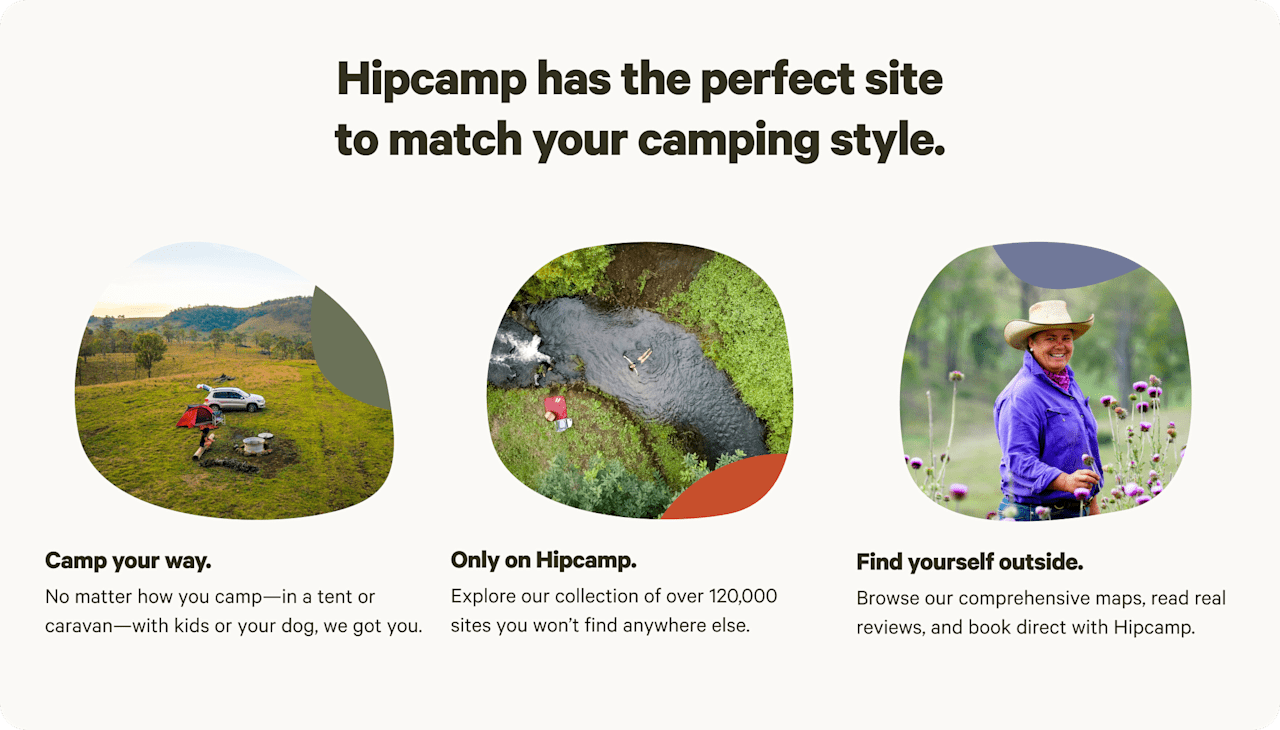

Camping near Rainbow Beach guide
Overview
Rainbow Beach is a small coastal village on an unspoiled stretch of Pacific Ocean coastline, between Noosa and the World Heritage-listed Fraser Island, a two-hour drive from Sunshine Coast Airport. Often ranked as one of Australia’s best beaches, Rainbow is one of those idyllic spots that appeals to everyone: beach-goers, fishermen, campers, hikers, families, and anyone who loves to hit the water. Stand-up paddle boarding, kayaking with the dolphins and horse-riding on the beach are all options, but most come for the amazing coloured sands that are a highlight of the 4WD-only Great Beach Drive.
Teewah Beach
If you have a 4WD vehicle, you can take the Great Beach Drive, all the way to Rainbow Beach from Noosa North Shore, by taking the ferry across the Noosa River at Tewantin. Good camping at Teewah Beach puts you in the Cooloola Recreation Area of Great Sandy National Park but is only reached by sandy tracks (4WD essential). Fishing and birdwatching are popular here. Bathroom facilities are at the nearby Freshwater day-use area, just north of the camping zone.
Inskip Peninsula
Just 10 minutes north of Rainbow Beach, Inskip Peninsula’s beachfront and estuary camping areas have plenty of shady trees and some are named for the shipwrecks offshore. The largest and most accessible is the MV Sarawak camping area, but all are great for fishing and relaxing. This is also the southern access point (10 minutes by barge) to Fraser Island, the world’s largest sand island.
Tin Can Bay
A 30-minute drive from Rainbow Beach, Tin Can Bay sits on the other side of the inlet from the Great Sandy Strait. Several commercial camping and caravanning parks operate near the township, which is famed for its daily wild dolphin feeding (near the boat ramp at Norman Point).
Fraser Island (K’gari)
Fraser Island’s wilderness is popular with campers, fishermen and hikers; but ocean swimming is dangerous. Only 4WD vehicles have access to the island, which is criss-crossed with sand tracks. As well as beach camping, there are protected camping areas behind fences to keep out wild dingos, highly recommended for families with children under 14. Popular places to visit include the crystal-clear Lake McKenzie and Central Station, with its lush rainforest.
When to go
The busiest seasons on the Sunshine Coast are during the summer school holidays (December and January) and around Easter. At those times, you’ll need to book as far ahead as you can. The weather is great year-round, with temperatures averaging 28C (82F) in summer and 20C (68F) in winter.
Know before you go
- Rainbow Beach is a legally gazetted road for 4WD vehicles only, where road rules and speed limits must be followed.
- The closest National Park campsites to Rainbow Beach are at Poverty Point and Freshwater, which has both tent and trailer camping.
- Sand tobogganing is banned within Great Sandy National Park.
- Camping permits are required for all Queensland parks, forest and reserves and must be booked online and paid for before arrival.
Nearby attractions
Visit Double Island Point for excellent ocean views from the iconic lighthouse
